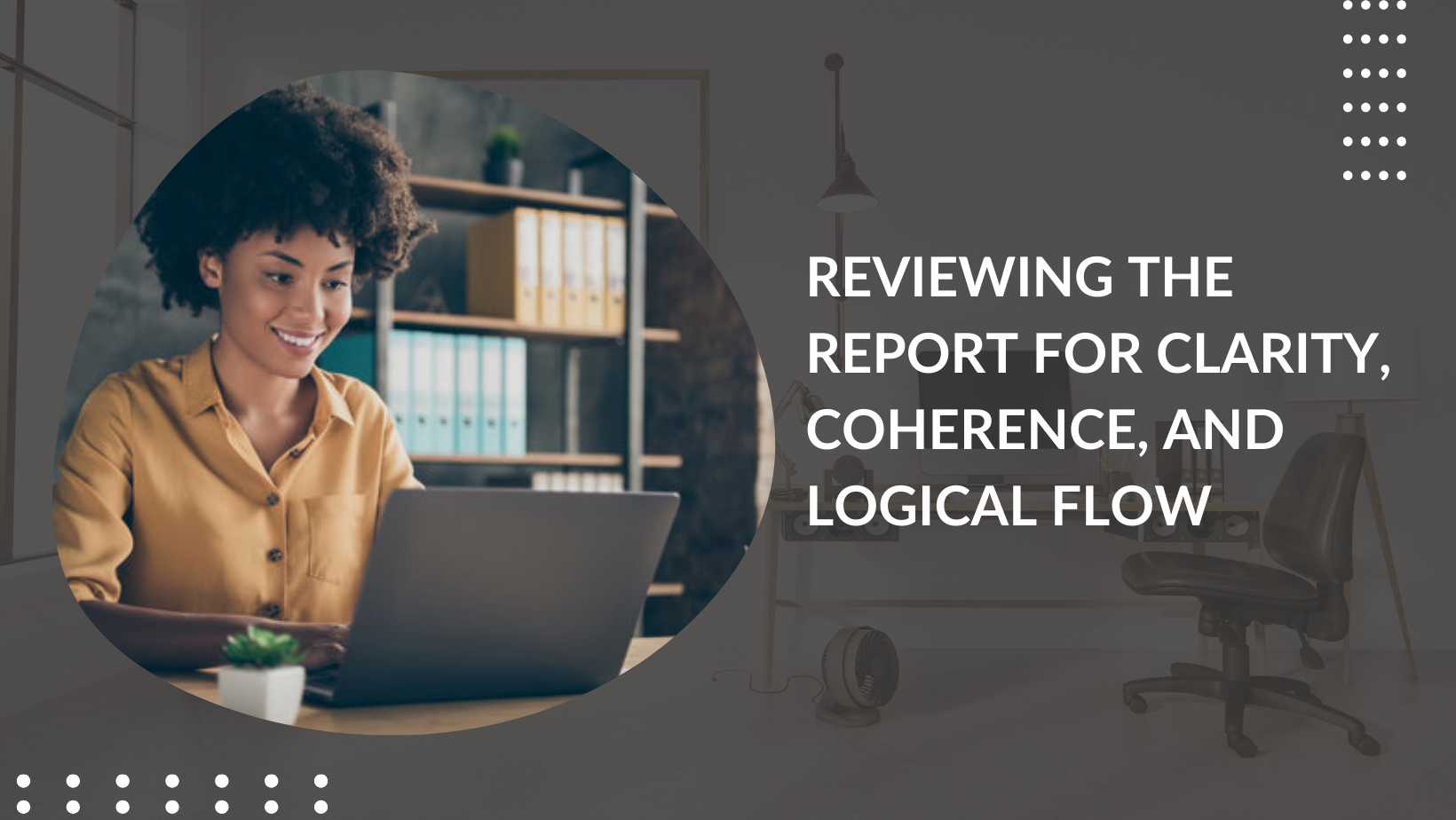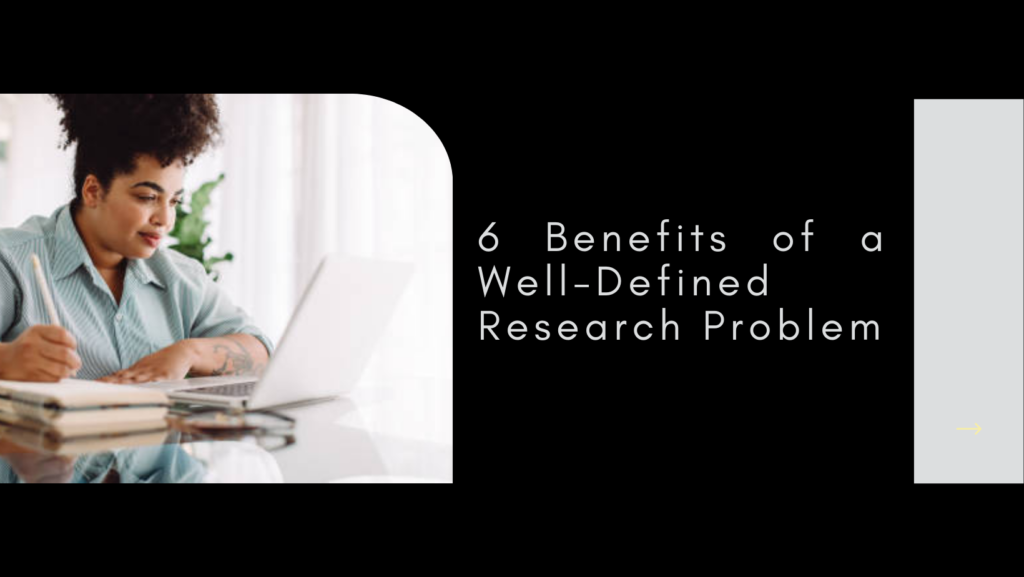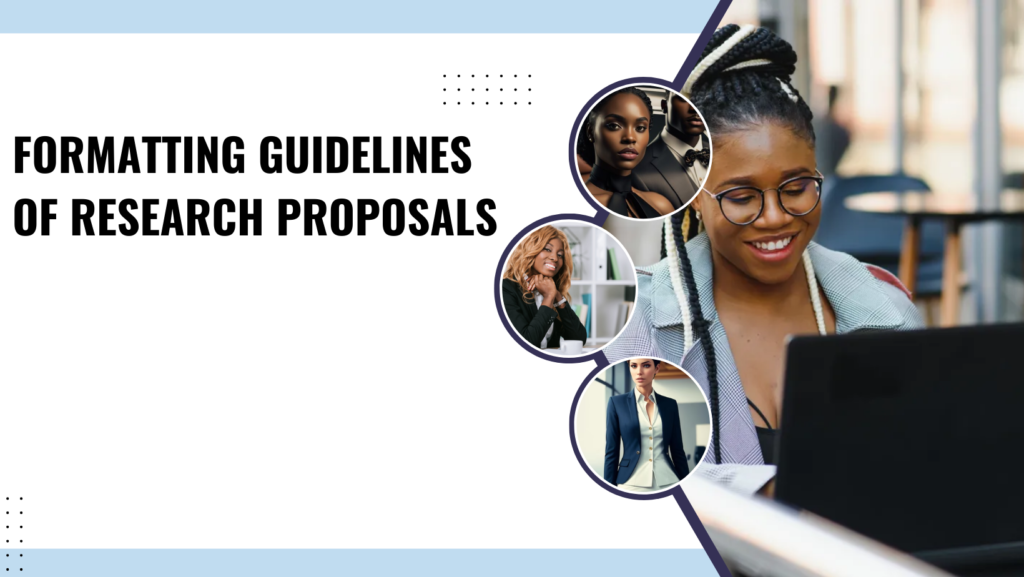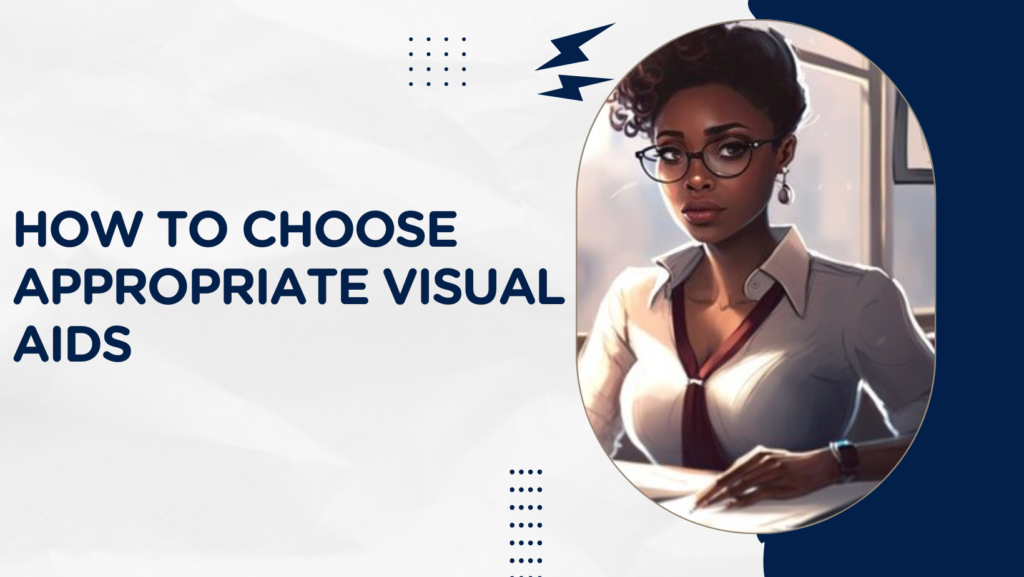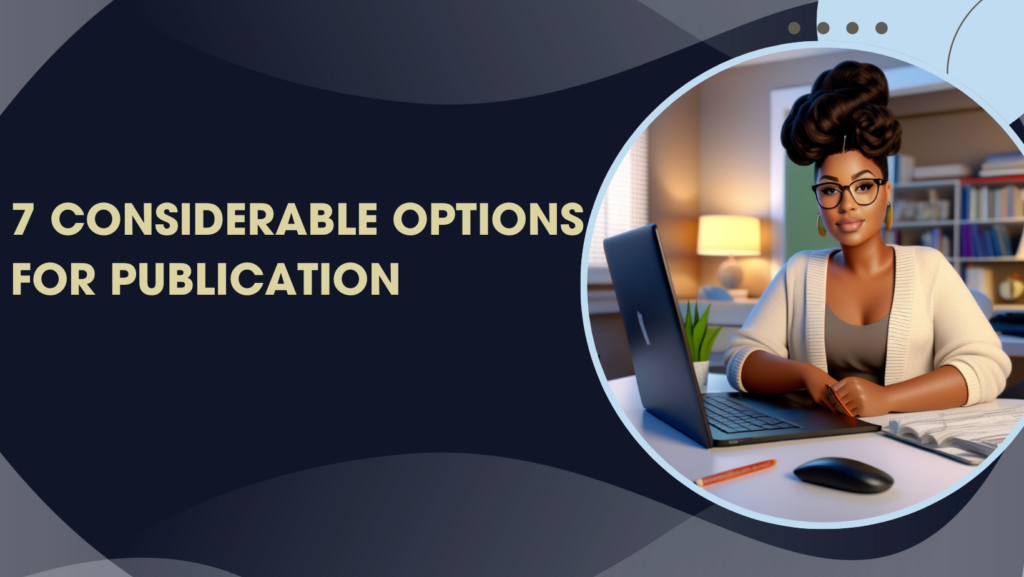
Menu
Facebook-f
Twitter
Google-plus-g
Reviewing the Report for Clarity, Coherence, and Logical Flow
Reviewing the report for Clarity, Coherence, and Logical flow.
Reviewing a report for clarity, coherence, and logical flow is essential to ensure that the information presented is understandable, well-organized, and follows a logical progression. Here’s a detailed explanation of how to assess these aspects in a report:
Clarity
- Language and Vocabulary: Clarity in language involves using words and phrases that are easily understood by the intended audience. It’s important to avoid technical jargon or overly complex terminology unless it is necessary and defined within the context of the report. The goal is to ensure that every reader, regardless of their expertise in the subject matter, can grasp the content without confusion.
- Example: When describing scientific processes, use terms like “DNA replication” instead of “biological molecular synthesis.” This approach simplifies complex concepts without sacrificing accuracy, enhancing overall comprehension.
- Sentence Structure: Clarity in sentence structure means crafting sentences that are clear, concise, and free from ambiguity. Long, convoluted sentences can obscure meaning and hinder understanding. Instead, opt for straightforward syntax that delivers information efficiently and effectively.
- Example: Instead of: “The elucidation of the mechanism by which the enzyme catalyses the reaction involving substrate binding and subsequent product formation under varying pH conditions is of utmost significance.” Use: “Understanding how the enzyme works in different pH levels is crucial for explaining how it converts substrates into products.”
- Paragraph Organization: Each paragraph should focus on a single main idea or topic, introduced by a clear topic sentence. This helps maintain clarity by ensuring that readers can easily follow the flow of ideas from one paragraph to the next. Avoid mixing multiple ideas within the same paragraph, as this can confuse readers and disrupt the logical progression of information.
- Example: Begin a paragraph with a topic sentence that summarizes the main point, such as “The impact of climate change on coastal ecosystems is evident in recent studies.” Subsequent sentences should provide supporting evidence and analysis related to this central idea.
- Consistent Terminology: Maintaining consistency in terminology throughout the report is essential for clarity. Use the same terms and definitions consistently to avoid confusion among readers. If alternative terms or acronyms are introduced, ensure they are defined upon first use and used consistently thereafter.
- Example: If discussing “global warming,” consistently refer to it as such throughout the report rather than switching to “climate change” unless they are explicitly defined as interchangeable.
- Visual Aids: Visual aids such as charts, graphs, and diagrams should enhance, not obscure, the clarity of information presented in the text. Ensure that all visual elements are clearly labelled, with titles, legends, and annotations that explain their relevance to the content. Avoid clutter and complexity in visual aids, as simplicity often aids comprehension.
- Example: Include a bar chart depicting annual temperature changes over the past century alongside a clear caption explaining the data source and what the trends indicate about climate patterns.
Coherence
- Logical Flow of Ideas: Coherence involves organizing information in a logical sequence that guides readers through the report’s content. Start with an introduction that outlines the purpose and scope of the report, followed by a clear progression of sections that build upon one another. Each section should naturally lead to the next, reinforcing the overall narrative.
- Example: After introducing the topic of renewable energy sources in the introduction, logically progress to discussing different types of renewable energy technologies, their advantages and limitations, and finally, their implications for future energy policies.
- Transitions Between Sections: Use transitional phrases and sentences to establish connections between paragraphs and sections. Effective transitions (e.g., “in contrast,” “moreover,” “consequently”) help readers understand how ideas are related and ensure a smooth flow of information throughout the report.
- Example: Transition from discussing the environmental benefits of solar energy to addressing its economic viability with a sentence like “Furthermore, an analysis of cost-effectiveness reveals…”
- Thematic Unity: Ensure that each section of the report contributes directly to the main theme or purpose. Avoid introducing irrelevant or tangential information that detracts from the central focus. Every paragraph and subsection should align with the overall objectives of the report to maintain thematic unity.
- Example: In a report on healthcare reforms, maintain thematic unity by discussing policy recommendations that directly address challenges identified in earlier sections, rather than delving into unrelated healthcare statistics.
- Logical Order of Information: Present information in a sequence that is easy for readers to follow and understand. Begin with foundational background information, move on to methodology and findings, and conclude with implications and recommendations. This logical order helps readers comprehend complex topics by building their understanding progressively.
- Example: Start with an overview of historical trends in educational attainment, followed by a detailed explanation of the research methods used to collect data on current student performance, and then conclude with policy recommendations for improving educational outcomes.
- Consistency in Argumentation: Maintain a consistent line of reasoning throughout the report, ensuring that each point supports the overarching argument or thesis. Avoid contradictory statements or abrupt shifts in perspective that may confuse readers or undermine the coherence of the report.
- Example: If advocating for stricter environmental regulations in the introduction, consistently support this argument with evidence and analysis in subsequent sections rather than introducing conflicting viewpoints.
Logical Flow
- Introduction and Objectives: The introduction should clearly articulate the purpose of the report, provide necessary background information, and outline the objectives or research questions to be addressed. This sets the stage for what readers can expect and establishes the framework for the subsequent sections.
- Example: Introduce a report on urbanization trends with a brief overview of population growth patterns and environmental impacts, followed by specific research questions such as “How does urbanization affect local biodiversity?”
- Methodology: Describe the methodology in detail, including how data was collected, analysed, and interpreted. Transparency in methodology enhances the credibility of the findings and allows readers to assess the reliability of the research.
- Example: Outline the steps taken to conduct a survey on consumer preferences, including sample selection criteria, survey design, data collection methods, and statistical analysis techniques employed.
- Results: Present the findings of the study objectively, using tables, charts, or graphs to illustrate key data points. Organize results logically to facilitate understanding and highlight significant trends or patterns observed during the research.
- Example: Display survey results on customer satisfaction with a pie chart showing distribution percentages of responses and a bar graph comparing satisfaction levels across different demographics.
- Discussion: Analyse and interpret the results within the context of the research questions or hypotheses. Discuss implications, limitations, and potential avenues for future research. This section should provide a deeper understanding of the findings and their broader significance.
- Example: Interpret findings from a clinical trial on a new drug by discussing efficacy rates, side effects observed, and implications for patient care, followed by suggestions for further research on long-term outcomes.
- Conclusion: Summarize the key findings and conclusions derived from the study. Reinforce the significance of the research outcomes and discuss their implications for theory, practice, or policy. A well-crafted conclusion should leave readers with a clear understanding of the study’s contributions and potential next steps.
- Example: Conclude a report on economic trends with a concise summary of findings related to market fluctuations, followed by recommendations for businesses to adapt strategies in response to changing economic conditions.
Conclusion
Reviewing a report for clarity, coherence, and logical flow involves ensuring that the content is clear and understandable, the ideas are logically organized and interconnected, and the overall structure guides the reader through the information effectively. By paying attention to language clarity, maintaining coherence in the presentation of ideas, and ensuring a logical flow from introduction to conclusion, researchers can enhance the impact and readability of their reports, making them more accessible and valuable to their audience.
Address List
-
Makerere Hill Road, Ham Towers -
+256-703947778 -
info@professionalwriters.shop
Social Networks
Links List
Professional Writers Inc.
Turning Ideas Into Reality
Online Research Writing Training [Free]
